There are a variety of reasons people choose to wear a lifting belt. Some are justified. Some aren’t.
Lifters who have learned how to properly lift using sound technique, which includes bracing their core before each movement, will find that wearing a belt improves their trunk stability and allows them to lift more weight when compared with not wearing a belt.
But, if you think that a lifting belt can fix poor technique (i.e. lifting with a round back), that is simply not the case.
Below, I’ll cover the 6 reasons why people wear belts, and help you decide whether you should start incorporating one into your training.
What Is A Lifting Belt?
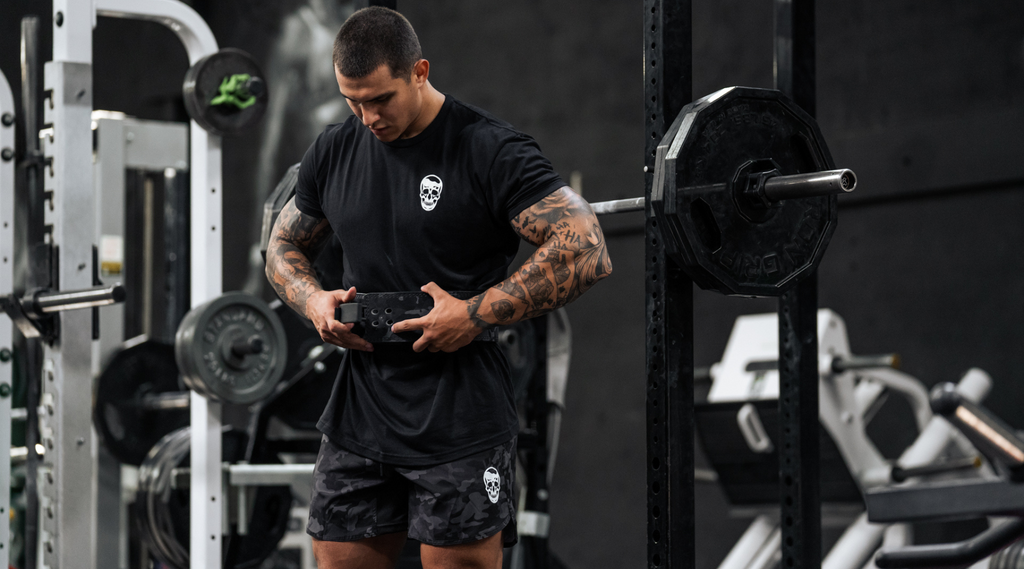
A lifting belt is made of either leather or nylon and worn around the torso to help provide additional trunk stability during lifts. Lifting belts can also vary in thickness, material, and fastening system.
6 Benefits of Wearing A Lifting Belt
Below are six benefits of wearing a lifting belt. Note, that many of these benefits assume the lifter already has developed the ability to produce intra-abdominal pressure (IAP) without a belt through proper bracing techniques.
Proper bracing is necessary as it stabilizes the pelvis, adds extra support to the lower back and core muscles, and can increase performance.
To do this, a lifter will deeply inhale, filling their belly (diaphragm) with air to increase pressure (intra-abdominal pressure).
They will then execute the movement, exhaling at the end of the rep (something referred to as the “Valsalva Maneuver”).
1. Will Increase Trunk Stability
Research has shown that wearing a lifting belt increases intra-abdominal pressure (the amount of pressure you can exert within your abdominals).
Increasing IAP results in increased truck stability, which is key for maintaining tension and positioning under heavier loads.
This is necessary because added IPA allows you to lock in the torso and back to keep tension, especially on movements during squats and deadlifts.
By maintaining tension, you are able to better resist rounding your back or losing good posture.
- Related Article: Is Using a Lifting Belt Cheating? No, Here's Why
2. More Muscle Engagement in the Erectors
Research shows that wearing a lifting belt increases the muscular activity of the erector spinae (lower back muscles).
More muscle activation of the lower back muscles can result in increased force output, i.e. you’ll be able to lift more weight, and potentially reduce the likelihood of injury because you are not relying on smaller muscles to do the job of bigger, more powerful muscles.
3. May Decrease the Risk of Lower Back Injury
Wearing a lifting belt may also help decrease our risk of lower back injury.
The mechanism behind this is that lifting belts increases IAP and in turn helps you stabilize your trunk muscles (abdominals, obliques, erectors).
It is also believed that by increasing IAP, compressive forces on the lumbar discs are also decreased (lower back).
When compressive forces are increased, the probability of injury also increases because more pressure is being exerted on the small discs and fluids within the spinal vertebrae.
It’s been shown that during disc herniations, compressive forces can result in nucleus pulposus (center of the disc) being displaced , which results in irritation and discomfort in the lower back.
Wearing a belt can ultimately improve lifting safety.
4. Enhanced Perception of Trunk Stability During Lifts

Research found that people who wore lifting belts generally felt more confident in their capacity to stabilize their torso than those who did not.
From my experience as a coach, I find that improving confidence during a lift can also result in the lifter contracting their muscles harder, focusing more on a successful lift, and not being overly timid.
Being timid under a heavy load could result in them losing tension or prematurely giving up and having their form breakdown.
5. Could Help You Stimulate More Muscle Tissue in Multiple Rep Sets
One study found that participants who wore a lifting belt during 8-rep max trials on the back squat had significantly greater muscle activation (EMG) in their quads and hamstrings than those who did not wear belts.
While the exact mechanism behind this finding was not discussed, one could assume it may be due to lifters who wore belts being able to use heavier relative loading and train at higher intensities.
This means that wearing a belt, even for higher rep training (in this case 8 reps) can allow you to lift heavier loads and train closer to failure, which in turn could help drive more muscle growth.
6. Can Increase the Amount of Weight and Reps You Can Do
The result of being capable of producing more intra-abdominal pressure (IAP), having more confidence under loads, and more muscle engagement in the lumbar spine all result in you being able to lift heavier loads and/or be able to do more reps in a set.
While this has not been proven (we have yet to find a study that tests this exactly), one can hypothesize that an experienced lifter can lift more weight with a belt on than without one.
The long-term benefit of this is that over the course of weeks and months, you will be able to do more reps with more loading.
The more reps and loading (training volume) you can accumulate will have a significant impact on your overall rate of muscle growth and progress.
For example, if you are able to do 3 sets of 8 reps at 225lbs on back squats, three times a week without a belt, you may be able to do 3 sets of 10 reps with 225 lbs with a belt. T
he difference is 16,200 total pounds lifted (without a belt) versus 20,250 lbs lifted (with a belt) in one week.
In this example, wearing a belt resulted in 20% improvement in training volume (which will result in more muscle growth).
Are There Any Drawbacks To Wearing A Lifting Belt?

1. Potentially Less Abdominal and Oblique Muscle Engagement While Wearing a Belt
Some research suggests that EMG muscle activity in the obliques and abdominals were higher in subjects who did not wear a belt vs those who did in 90% max lifts.
This is important because it suggests that lifters who always wear belts (regardless of how heavy the movement is) may be decreasing their ability to generate enough tension with their own core muscles, which over time can lead to a weaker core.
Remember, a belt should be used to help reinforce a strong core, worn primarily under heavier loads.
If loading is lighter, or if you are not training too close to failure (with whatever loads), you may want to go beltless to help promote more core strength.
2. False Sense of Support
For some lifters who are not capable of creating adequate levels of intra-abdominal pressure without a belt, wearing a belt may provide them with a false sense of security during heavier lifts.
This can be a problem as newer lifters who do not understand their own abilities yet may put them into a situation where they can get seriously hurt.
For example, a lifter who has poor form and body control without a belt may think that just because they are wearing a belt they are protected. This is not the case, and in this scenario the belt will not provide the rigidity and support as intended.
Should You Use A Lifting Belt? 5 Signs To Know

There are a few signs and situations to recognize when asking yourself if you should be wearing a lifting belt.
Do You Rely on a Belt for All Your Lifts?
Do you immediately grab your lifting belt for every lift, regardless of the movement or weight? If so, this may be a sign you need to wean yourself off of your lifting belt and build up your core strength and confidence without one.
A lifting belt should be reserved for certain movements (compound) and loads (heavy loads predominantly), rather than used throughout the entire workout.
Failure to learn how to lift without a belt, even at heavier loads, could result in poor bracing mechanics and suboptimal support when wearing a belt..
Are Your Lifting Heavier than 80% of your 1-Rep Max?
If you are aware of what your 80% max is, then there is a good chance you have spent some time training with heavy loads. If you have not, then do not throw a belt on and start lifting. You need to learn how to lift without a belt first.
If however, you are skilled at lifting heavier loads properly without a belt, and are training above 80% of your max, you may want to put on a belt.
This will help you increase your intra-abdominal pressure (more than without a belt) which can increase your trunk stability for heavier loads or hard sets (less than 8 reps).
Are You Competing in a Lifting Event?
If you are a competitive lifter (powerlifting, weightlifting, strongman), wearing a belt can be very beneficial.
When lifting in these events, you are scored by how much you can lift (maximum).
A lifting belt can help you lift more weight than without a belt due to the increased abdominal pressures produced and increased erector muscle engagement when wearing a belt.
Do You Have Slight Lower Back Soreness or Fatigue?
If you are trying to lift heavy (above 80%) and your lower back is acting up (if it's unbearable), we recommend you skip that movement all together that day, and give the back a little more rest.
If you have only slight discomfort, you could put on a belt which could help you produce more truck stability.
Ideally, your workouts should take into consideration how much training the lower back gets (squats, deadlifts, overhead presses) throughout the week, and progresses you in a way that this does not become an issue.
Could You Do More Quality Reps with a Belt On?
Sometimes wearing a belt for moderate loads is beneficial as it helps to increase trunk stability during moderate to higher rep sets.
This can be helpful as a belt may allow you to get 1-2 more quality reps (good form and control), which adds up over the course of the workout.
If you find you are losing tension at the end of the set (core is getting tired), you could put on a lifting belt.
When Not To Use A Lifting Belt?

Below are a few factors you should consider before wearing a belt in your workouts.
Don’t Wear a Belt if Your Lower Back Hurts
If you have back pain (which is different from slight muscle soreness or fatigue), continuing to lift, even with a belt, is a recipe for disaster.
A lot of times lifters will have sore backs or even back pain, and put on a belt and assume that they now are free of any injury risks.
Instead, try isolating the muscles that you are trying to train with a different movement that doesn’t aggravate the lower back. If that is not possible, you may be better off pushing back that workout or doing other exercises until you are recovered.
If You Are Not Confident Lifting Heavy Without a Belt
If you have never attempted to lift heavier loads without a belt, there is a strong likelihood that you never learned how to properly brace and lift heavy loads, and therefore should not wear one.
Lifting without a belt during heavy lifting forces you to focus on your bracing, positioning, and control. While a belt can certainly offer you the ability to create more intra-abdominal pressure, you should first learn how to use your core muscles before supplementing with a lifting belt.
Are Unable to Do an Exercise with Proper Form (With or Without a Belt)
If your form is bad, a belt will just provide you with a false sense of security and potentially lead to you not addressing your bad form.
By not addressing your form issues, you could set yourself up for injury. Remember, a belt is not a solution for bad form and training programs.
Do Lifting Belts Actually Help?

To date, we have not been able to find any exact studies that demonstrate a lifter can lift more weight with a belt on than without one.
That said, the data that does exist shows that lifting belts have been shown to provide greater trunk stability (by increasing intra-abdominal pressure) than without wearing one, leading one to have greater potential of lifting more weight with a belt vs beltless.
Anecdotally speaking, I personally have worked with lifters across multiple sports (powerlifting, strongman, weightlifting, bodybuilding) who have repeatedly lifted more weights with a belt on than without.
In fact, I have purposefully programmed exercises in which they were not allowed to wear belts in order to force them to not be able to lift as much weight.
From my personal experience, I am capable of lifting roughly 90% of my max weights (that I lifted with a belt) without a belt.
The 10% difference could come from a combination of decreased IAP without a belt and/or lack of confidence in my abilities at very heavy loads without one.
Frequently Asked Questions
Why Do Bodybuilders Wear Belts?
Bodybuilders wear belts to help support them during their training and to maintain good posture under fatigue. Since bodybuilders tend to train in the moderate to high rep ranges for muscle growth, a belt can be helpful to ensure they have enough support during harder intensity, higher rep sets.
Why Do Weightlifters Wear Belts?
Weightlifters wear belts to help them have the highest levels of support for heavy maximal effort lifts in competition or for strength training with moderate to heavy loads. Most of the time they will be wearing belts for heavy clean and jerks, squats, deadlifts, overhead presses, and even bench press.
Is It Better To Lift Without A Belt?
There are both benefits and drawbacks to wearing a belt, and usage should be determined by the situation. If you are a beginner, you should not wear a belt until you learn how to brace and create your own intra-abdominal pressures. Once you have mastered that, using a belt for heavier lifts could be beneficial.







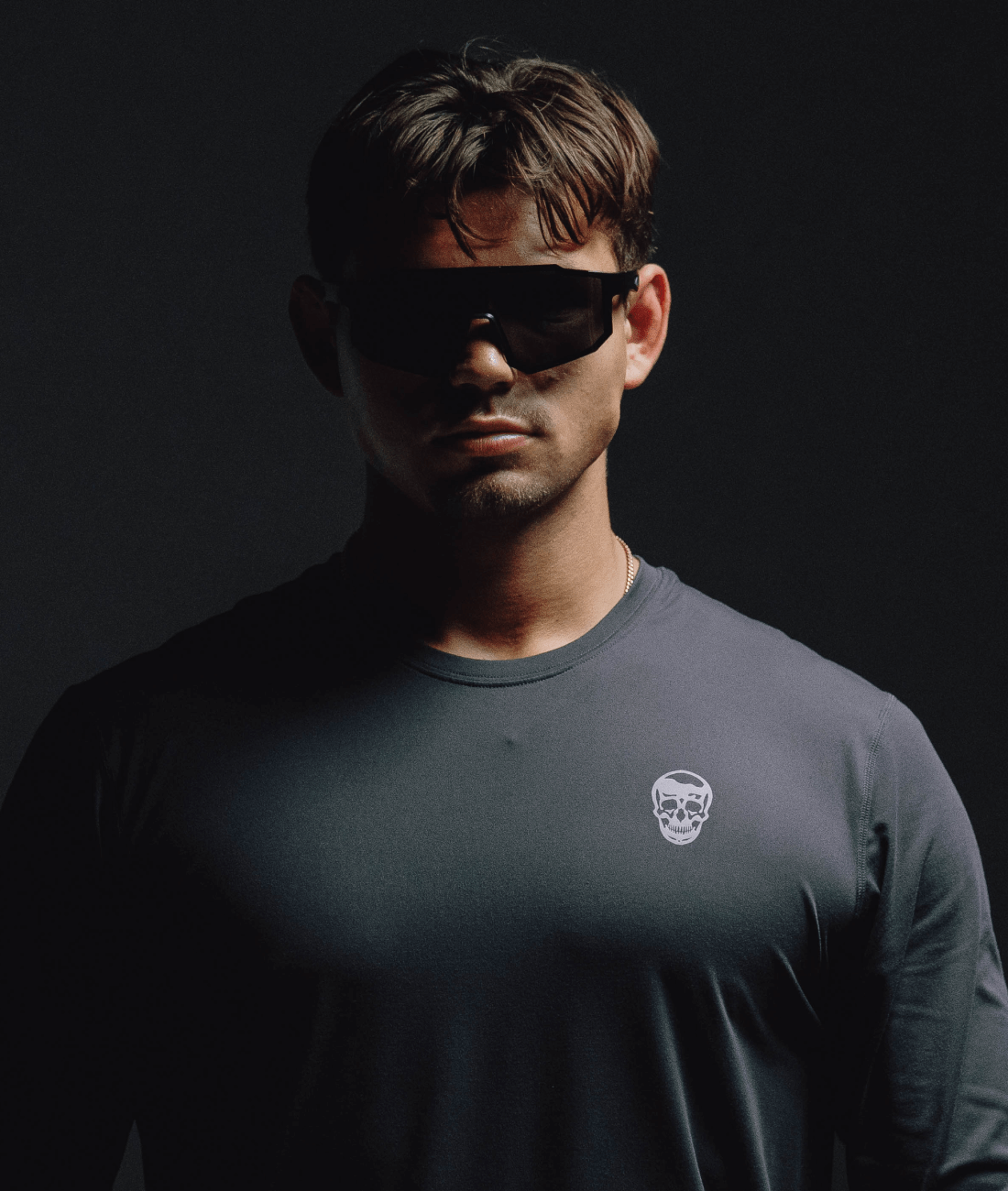

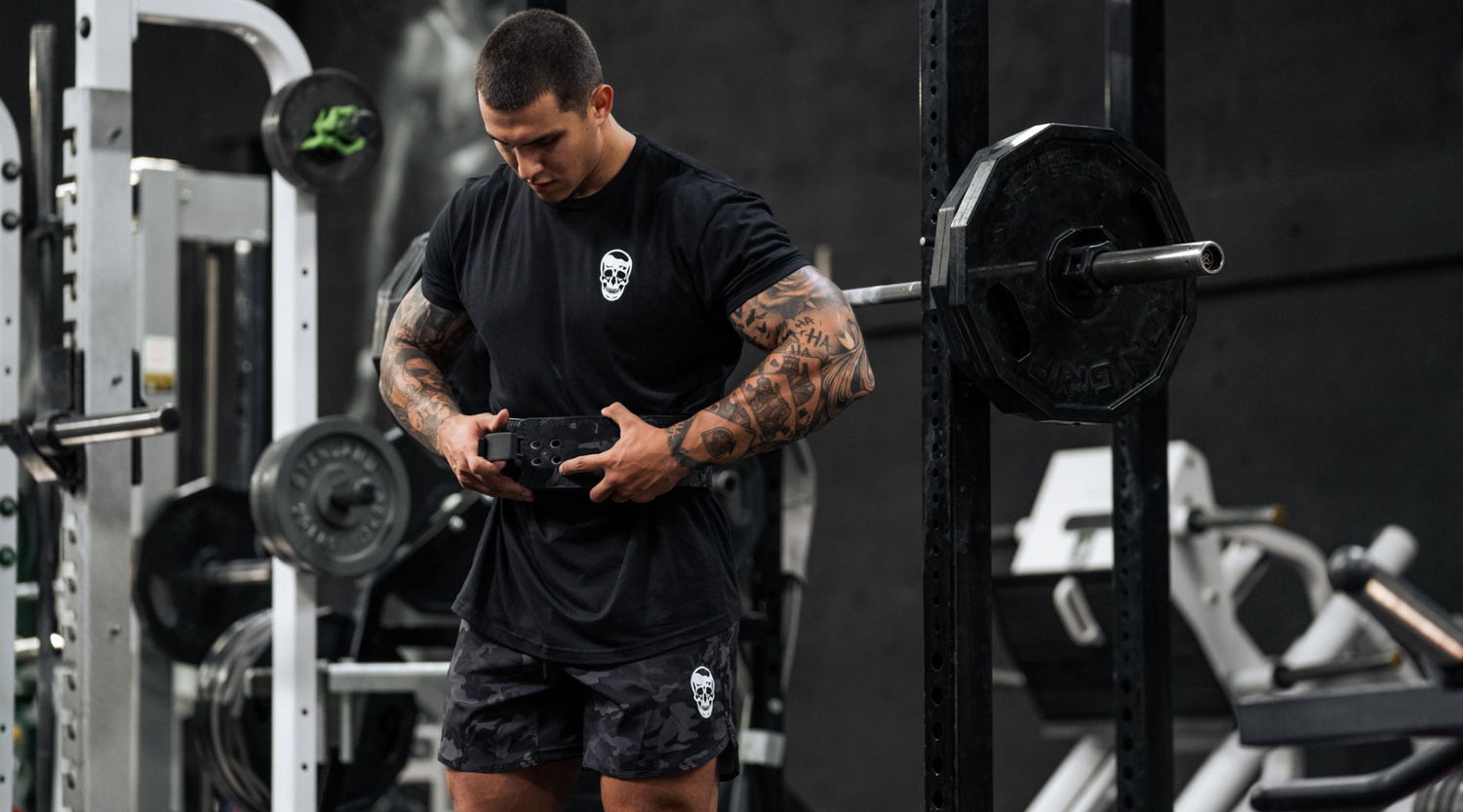
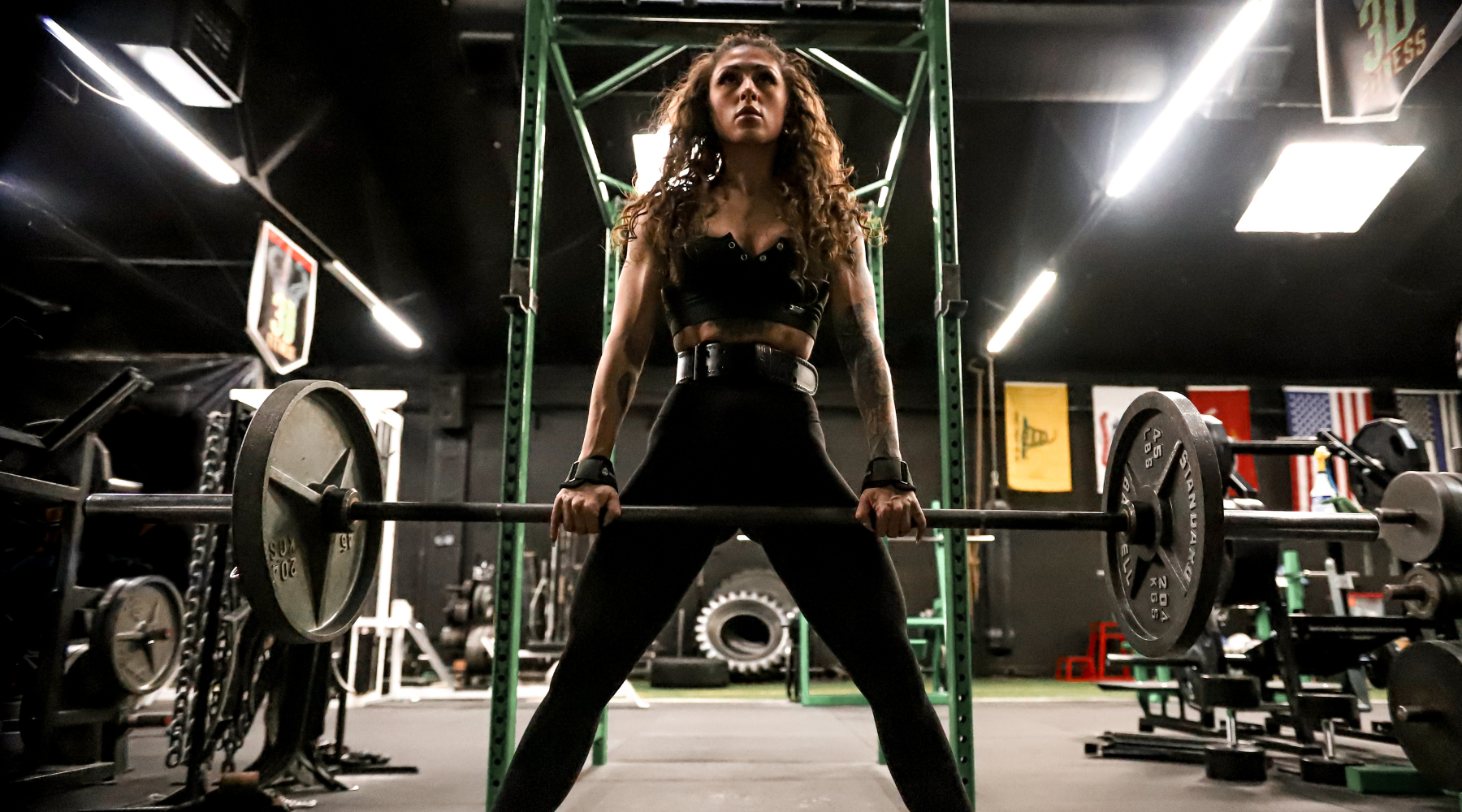
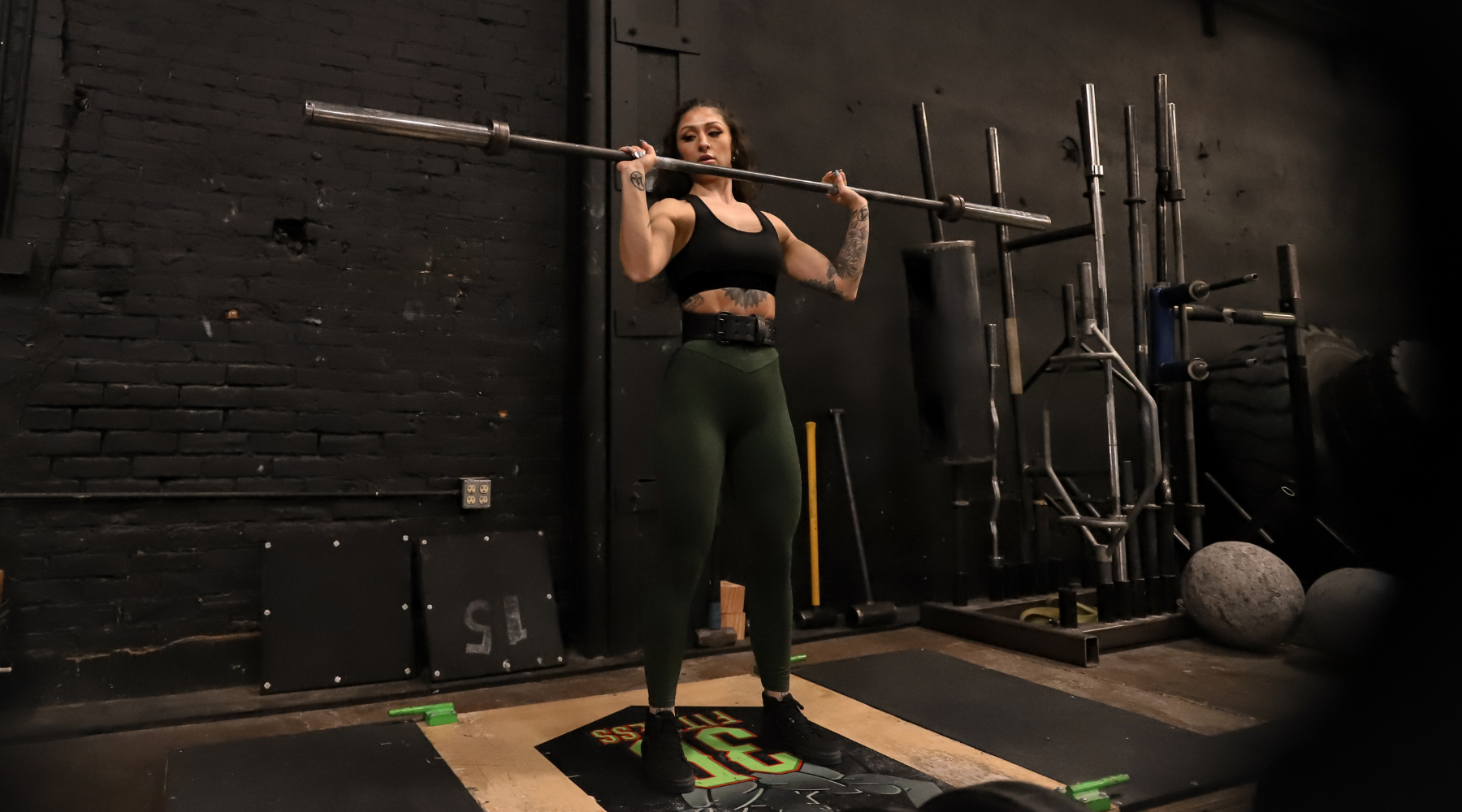
Leave a comment
All comments are moderated before being published.
This site is protected by hCaptcha and the hCaptcha Privacy Policy and Terms of Service apply.